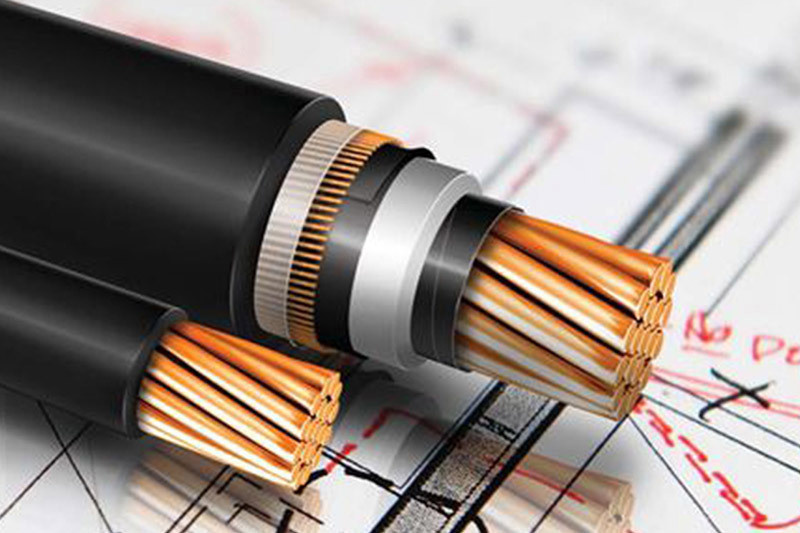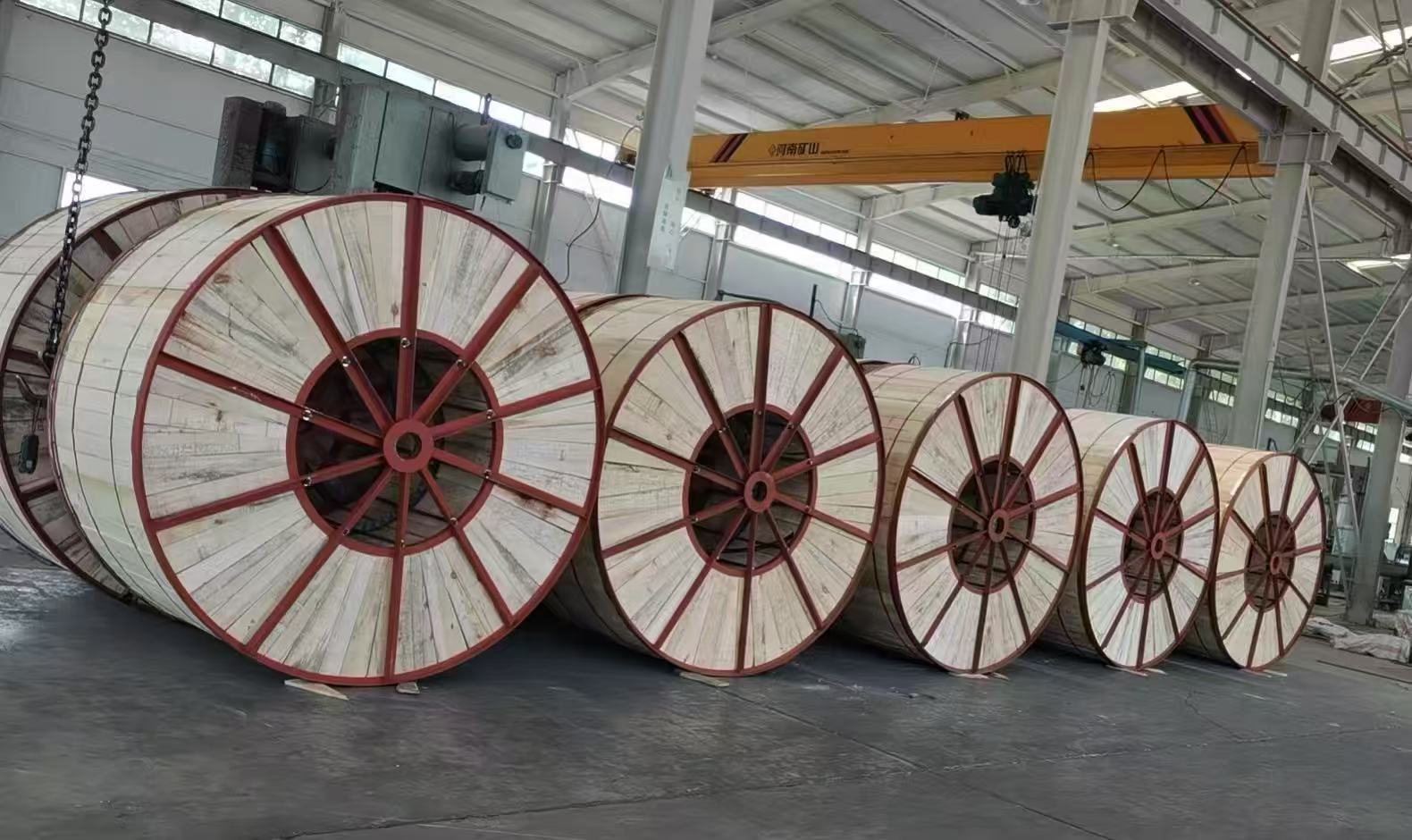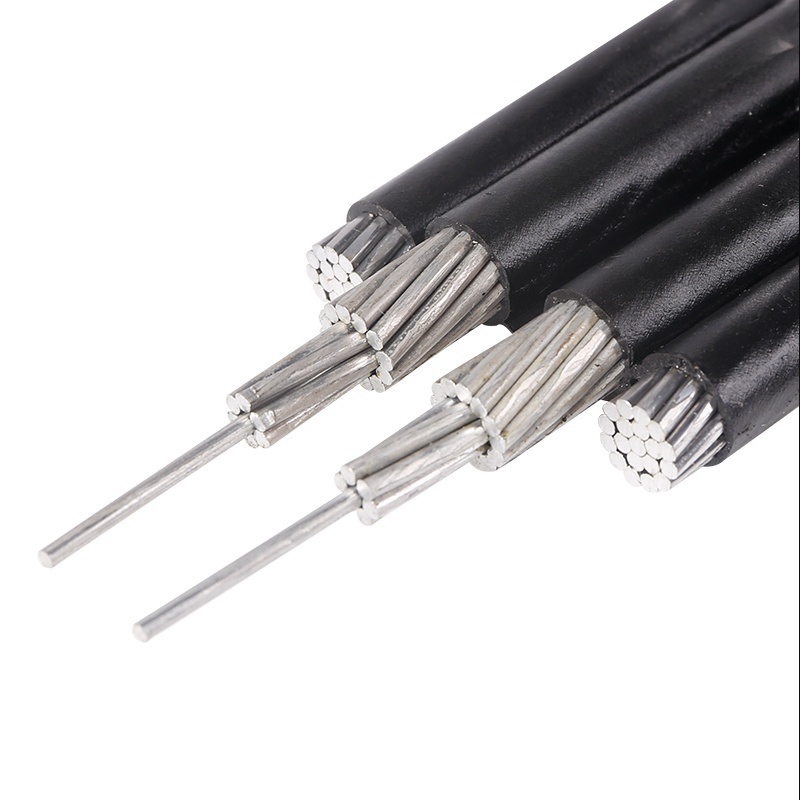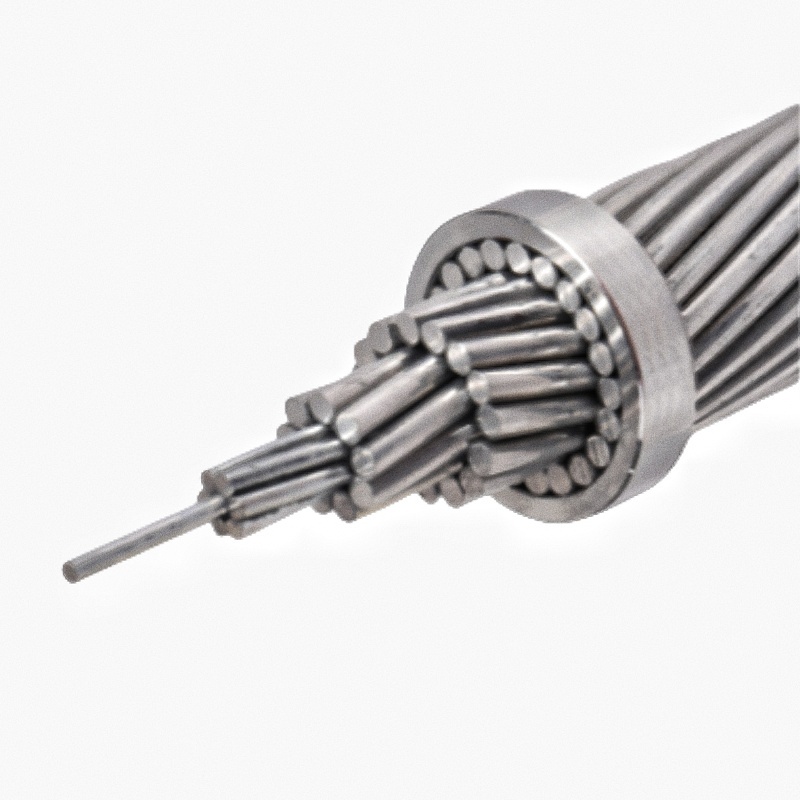What are the advantages of single core cables and multi-core cables?

The advantages of single core cables are small cross-sectional area ratio, resistance to air oxidation, resistance to short-circuit capacity impact, and long service life. The defect of single core wires is that the wires are relatively hard, making it inconvenient to pull them in some areas. Therefore, it is difficult to straighten them after bending, and continuous bending can easily damage the wires. The advantages of multi-core cable are that multi-core cable refers to a cable with a copper core insulation layer on top, which can reduce the skin effect of the cable and thus reduce the wear and tear of the route.
The defects of multi-core cables are poor compressive strength, easy breakage, poor surge current resistance, and inconvenient forming. Single core cable or multi-core cable is the best transmission line with the same cross-sectional area. The cost of single copper core cables is more cost-effective than multi copper core cables, while the cost of multi copper core cables is slightly higher.
When installing and wiring conduits, single copper core cables may appear a bit hard, while multi copper core cables should be softer and have stronger routing. After installation, single core and multi-core are similar in specific applications.
The difference between multi-core cables and single core cables lies in their circuit capacity. The rated current capacity of a single core cable is greater than that of a three core cable of the same cross-section; In terms of insulation performance, both single core and three core cables need to comply with national standards. On the premise of meeting national standards, there needs to be a certain safety margin, which can be understood as qualified insulation performance without distinction;
In terms of cable usage, the heat dissipation performance of a single core cable is greater than that of a three core cable (of the same type of cable), and the rated current carrying capacity of a single core cable with the same cross-section is greater than that of a three core cable. This means that under the same load or short circuit conditions, the heat generation of a single core cable is smaller than that of a three core cable, making it safer to use;
In terms of cable laying, single core cables are more convenient and easier to bend, but the difficulty of long-distance laying is greater for single core cables than for three core cables;
In terms of cable head installation, single core cable heads are easier to install and easier to separate;
multi-core cable
Multi core cable refers to a cable with more than one insulated core. Cables play an important role in electronic products and systems, connecting various functions of electronic products and widely used in fields such as aerospace and naval vessels.
single-core cable
Single core refers to having only one conductor within an insulation layer. When the voltage exceeds 35kV, most single core cables are used, and the relationship between the wire core and the metal shielding layer can be regarded as the relationship between the coil and the iron core in the primary winding of a transformer. When a single core cable core passes current, there will be magnetic field lines crossing the aluminum or metal shielding layer, causing induced voltage at both ends.
TAG:
Related Posts









